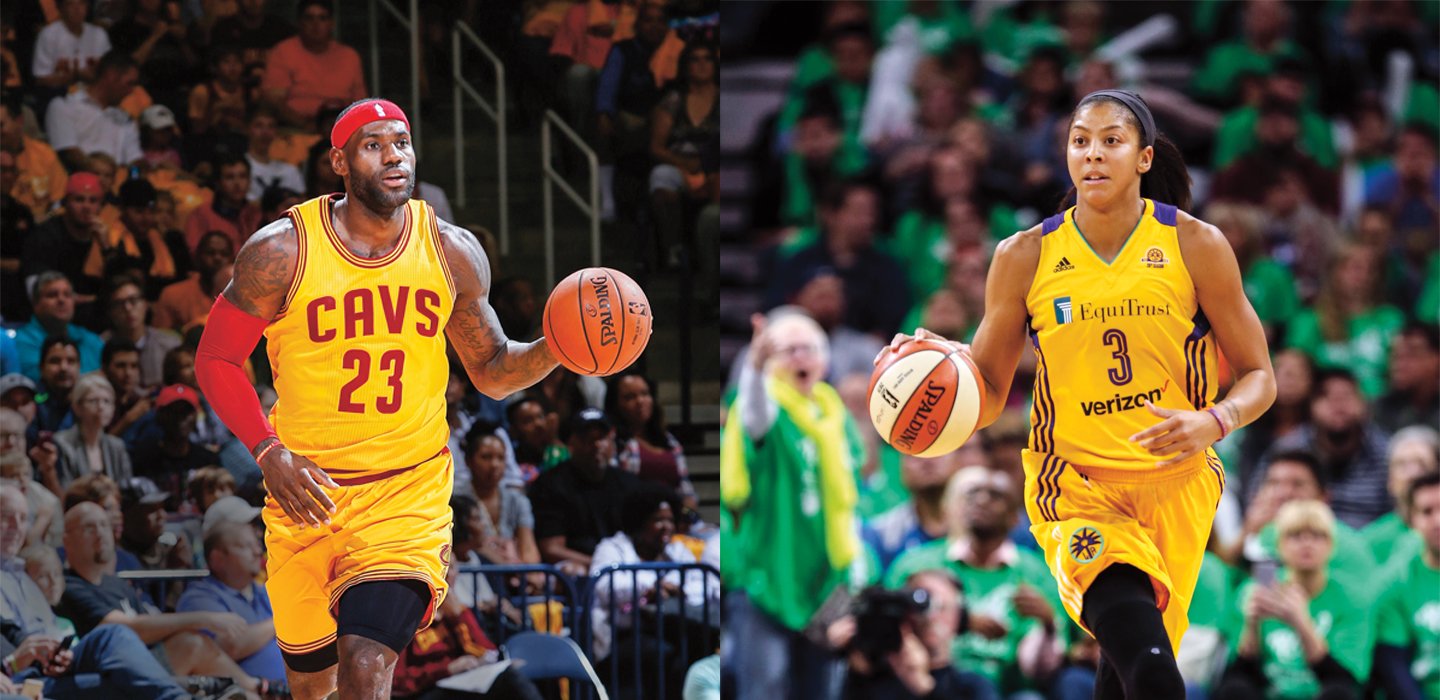The stadium was in Vancouver, Canada, but the crowd was chanting “U-S-A! U-S-A!” With a stunning 5-2 score, the U.S. women’s soccer team had just defeated Japan to win the 2015 Women’s World Cup. Midfielder Carli Lloyd and her teammates embraced as confetti rained down on them. Back home, 27 million Americans had tuned in, making it the most-watched soccer match in U.S. history.
For their achievement, Lloyd and her teammates were each paid a bonus of $75,000 by the U.S. Soccer Federation. That may seem like a lot of money. But if the U.S. men’s team had won their World Cup a year earlier, each player would have been paid a bonus of roughly $400,000.
Because of that inequality, Lloyd and four teammates filed a complaint with the federal government last March. It accused U.S. Soccer, which governs the sport in America, of discrimination for paying women less than men—despite equal work and more success. (The women’s team has won three World Cups and four Olympic gold medals; the men’s has won none.)
“When we started to see the men’s contracts and saw the differences in pay, it really opened our eyes,” says Lloyd.
If the teammates win their case, they could receive hundreds of thousands of dollars in back pay. The impact wouldn’t stop there, says Michael LeRoy, a professor of labor law at the University of Illinois. “The victory would be a landmark that would go far beyond the soccer team” into other sports, he says.
The stadium was in Vancouver, Canada. But the crowd was chanting “U-S-A! U-S-A!” The U.S. women’s soccer team had just defeated Japan. It won the 2015 Women’s World Cup. The score was 5-2. Midfielder Carli Lloyd and her teammates celebrated as confetti rained down on them. Back home, 27 million Americans had tuned in. It was the most-watched soccer match in U.S. history.
For their achievement, Lloyd and her teammates were each paid a bonus of $75,000 by the U.S. Soccer Federation. That may seem like a lot of money. But if the U.S. men’s team had won their World Cup a year earlier, each player would have been paid a bonus of roughly $400,000.
Because of that inequality, Lloyd and four teammates filed a complaint with the federal government last March. U.S. Soccer governs the sport in America. Lloyd and her teammates accused U.S. Soccer of discrimination for paying women less than men. That’s despite the fact that the women are more successful. (The women’s team has won three World Cups and four Olympic gold medals. The men’s team has won none.)
“When we started to see the men’s contracts and saw the differences in pay, it really opened our eyes,” says Lloyd.
If the teammates win their case, they could receive hundreds of thousands of dollars in back pay. The impact wouldn’t stop there, says Michael LeRoy. He is a professor of labor law at the University of Illinois. “The victory would be a landmark that would go far beyond the soccer team” into other sports, he says.


